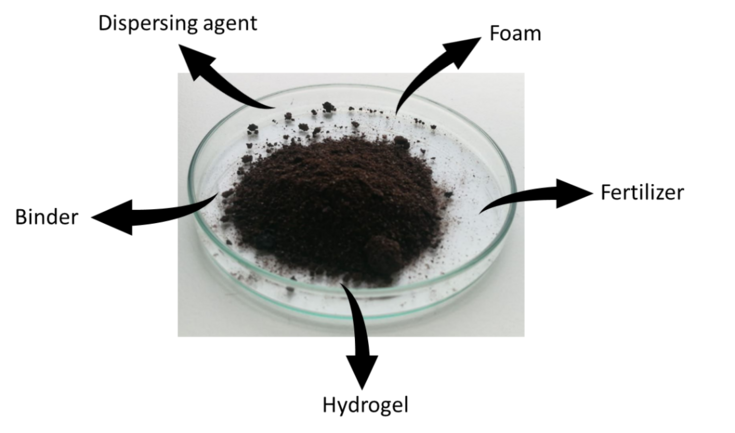Utilization of lignosulfonates
SUPERVISORS: Thomas ROSENAU, Hubert HETTEGGER, Antje POTTHAST
PROJECT ASSIGNED TO: Gerhild Katharina WURZER
Lignin is one of the most abundant biopolymers worldwide. However, the potential of this renewable resource is still only marginally exploited and the material is rarely used in our daily life products. Currently, the aromatic polymer is mainly burned to generate energy in the case of pulp-mills and only a small amount of the lignin obtained by the pulp and paper industry is commercially used. Nowadays, with biorefinery concepts undergoing a surge of attention, the utilization of lignin for value-added materials is of great interest. In fact, the meaningful valorisation of technical lignins represents one of the main challenges of current and future bioeconomies. Major drawbacks of technical lignins regarding utilization are their structural and functional heterogeneities and the fact that the structure of this resource is not fully understood yet.
This work aims to develop novel value-added products using lignosulfonate as starting material. Lignosulfonates are the transformation products of lignin after sulfite pulping, which is done to manufacture cellulose in the form of dissolving pulp, e.g. for production of cellulosic fibers or cellulose derivatives. Possible utilization options for lignosulfonates are fertilizers and hydrogels due to certain similarities of lignin and soil organic matter. In addition, lignosulfonates are used as binder or dispersing agents and could also serve as a natural insulation material (foam) in the construction industry. In this work, different approaches for a value-added utilization of lignosulfonates will be screened and promising options further elaborated.

Isolated lignosulfonate and possible applications.
